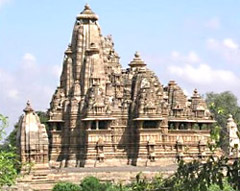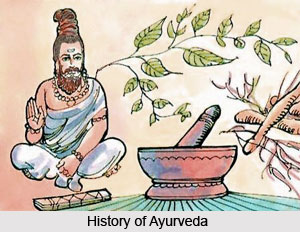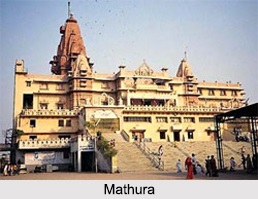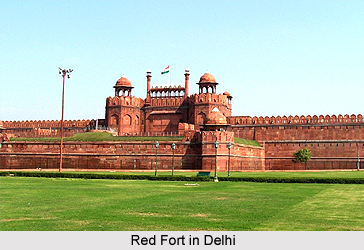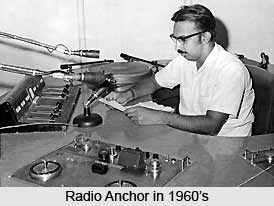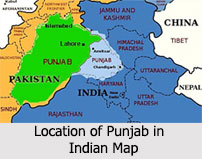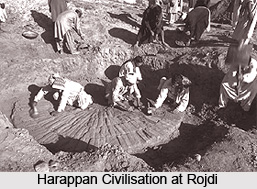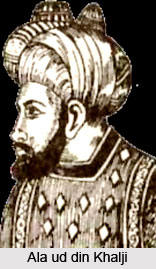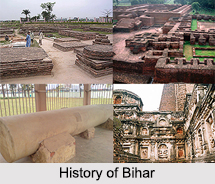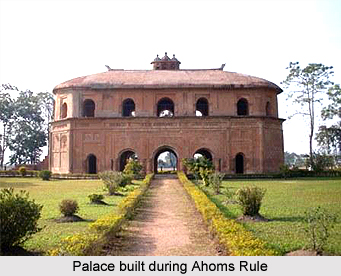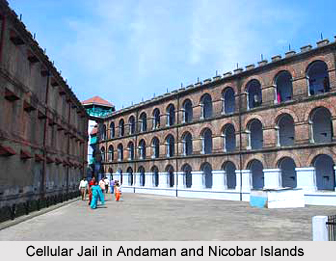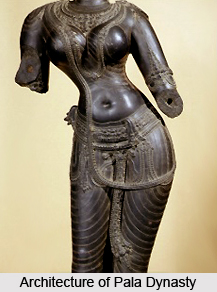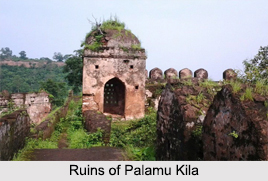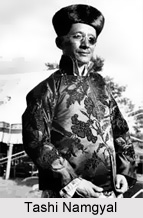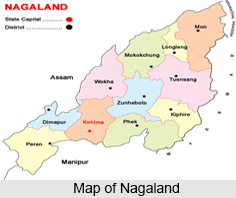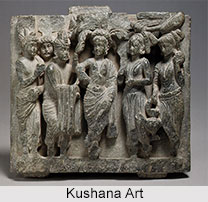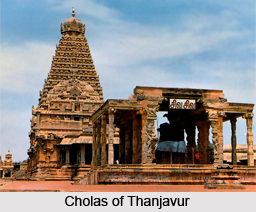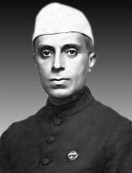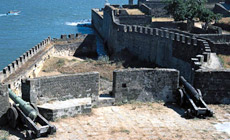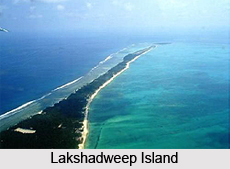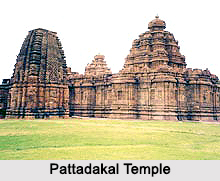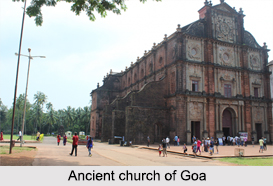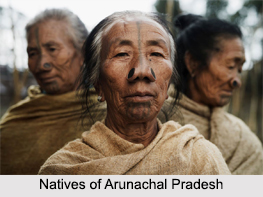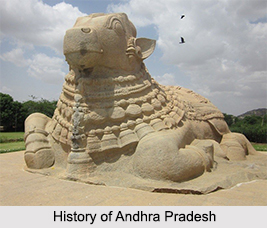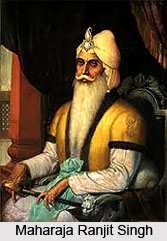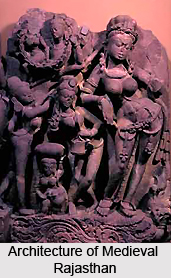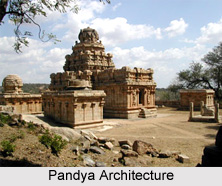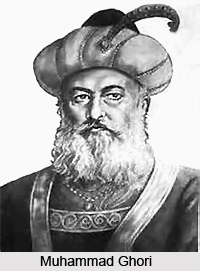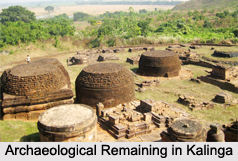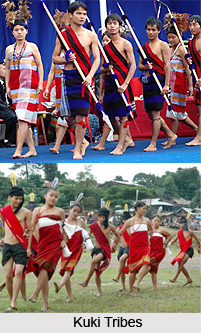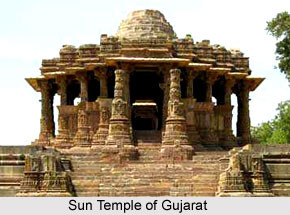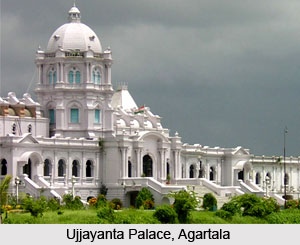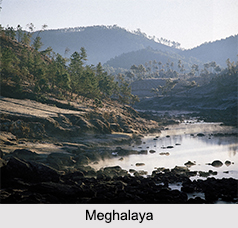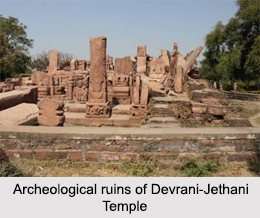The chapter, Life of a King, is the first lesson in Book I. Besides this there are other chapters, too, that deal with the lifestyle of the King. It had been one of the most crucial teachings of Arthashastra which moulded the character of the Mauryan King during 4th century BC. According to Arthashastra the king is the role model for his subjects and the entire kingdom. He is supposed to live a highly moral and saintly life. With an environment of vices and intrigues the king has been advised to remain true to his own values which will not only help him to fight the vices but also will give him strength and vision to defeat those with less moral strength and stamina. According to Kautilya only an honest and virtuous king will be in a position to win over all circumstances.
Life of a King begins with End of Sciences which includes the teachings of avinshika - book that identifies the role of the Vedas as a science and its relevance in man`s daily life. Avinshaki recognises three forms of life sciences which include the Vedas in its first place, Varta after that and Danda Niti as the third rule of law. While the Vedas mainly constitute Sama Veda, Rig Veda, Yajur Veda and Atharva Veda which also includes the moral teachings of Shankya, Yoga and Lokayata. The level of righteousness and non righteousness can be assessed within the Vedas. At the same time the wealth and non wealth is assessed from Varta and expedient and inexpedient as well as potency and impotency from the science of from the science of government.
The other part of Avinshaki constitutes the triple Vedas and its teachings through phonetics, grammar, ceremonial functions etc. the rest of the book also identifies the four castes existing kin the Indian society and their roles for a community. It at the same time talks of four stages of life through which a Brahmin passes through. The rest of the chapter identifies Varta which constitutes agriculture and cattle breeding and the other means of production and the third section discusses the science of government, punishments as well as other means to acquire and establish a bigger society.
A king gets his moral teachings from the authorised teachers who take the responsibility of prince`s moral growth. The chapter related to associated with the aged lays down how a prince after observing the tonsure ceremony begins his life`s training under the well established authorised acharyas under whom he is to study the triple Vedas, the science of Avinshaki, science of Varta, and science of governance. Along with this he shall have military training with the study of horses, elephants, chariots. He shall further have knowledge regarding the itihash which includes Indian Puranas, tales, illustrative stories, Dharmashastra and Arthashastra. While the prince is supposed to learn new lessons whenever he gets time and revise the old one; this will give him the power of retention. A well educated and devoted to sciences, always willing to help its people will definitely be able to rule successfully.
Life of a King is then advised to follow certain Restrains of the Organs of sense which has been discussed extensively in the next chapter. It mainly talks of shaking of an aggregate of six enemies which every man bears with him. A successful king is supposed to restrain from lust, anger, greed, vanity, haughtiness and over joy and make all efforts to live a saintly life. Along with the ethical training of the king the king is also expected to discharge certain duties towards the state which include creation of council of minister, superintendents, and is expected to show immense alertness which he may gather from the group of spies.
Thus, Life of a King includes not only moral teachings and ethical behaviours, at the same time it also includes his responsibility in nation building with better administration.

